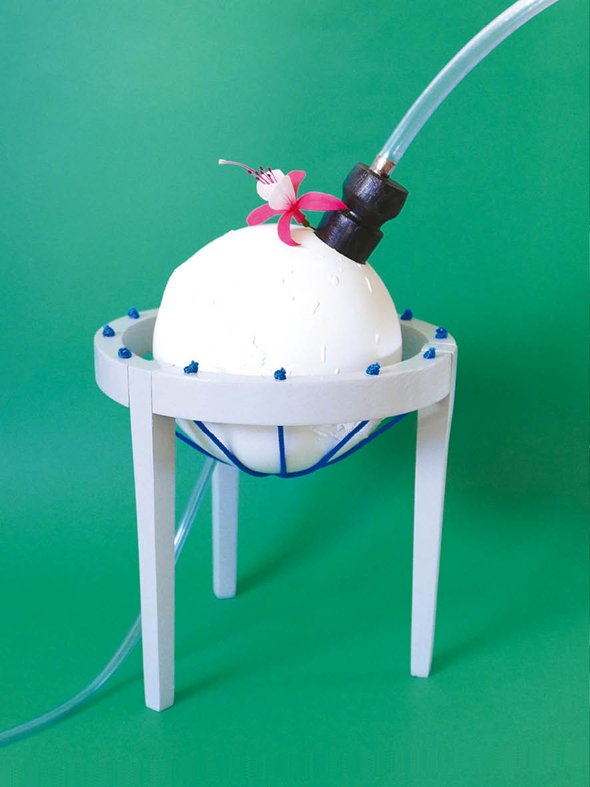La grandeur de l’infinitésimal
Nuages de champignons, écologies du néant, et topologies étranges de l’espacetempsmatérialisant
Comment considérer l’unité de l’espace, du temps, et de la matière ? Comme « espacetempsmatérialisant ». Ce terme étrange a été fondu par l’éclair d’Hiroshima. Comme l’anthropologue Joe Masco nous y exhorte, « nous avons besoin d’examiner les effets de la bombe, non seulement au niveau de l’État-nation, mais aussi au niveau de l’écosystème local, de l’organisme, et, finalement, de la cellule ». Dès lors, quels outils d’analyse peut-on utiliser pour comprendre non seulement les enchevêtrements de phénomènes qui traversent les échelles, mais aussi la très itérative (re)constitution et sédimentation des configurations spécifiques de l’espace, du temps, et de la matière ? Comment finir pas comprendre qu’il n’y a pas de séparation entre le niveau micro et le niveau macro, qu’il n’y a pas de petite matière, que l’infinitésimal est grand, que le néant nous presse ?
No Small Matter
Mushroom Clouds, Ecologies of Nothingness, and Strange Topologies of Spacetimemattering
How can we consider the unity of space, time, and matter ? As “spacetimemattering”. This weird word melted when Hiroshima bomb detonated. As anthropologist Joseph Masco urges, “we need to examine the effects of the bomb not only at the level of the nation-state but also at the level of the local ecosystem, the organism, and ultimately, the cell”. Then, what analytical tools might we use to understand not merely the entanglements of phenomena across scales but the very iterative (re)constituting and sedimenting of specific configurations of space, time, and matter ? When and how will we understand that there is no separation between the micro level and the macro level, that there is not any small matter, that an infinitesimal is big, and that nothingness presses us ?






